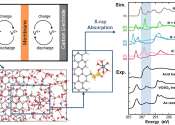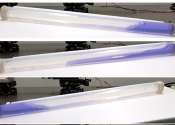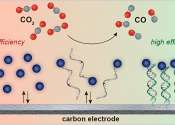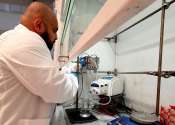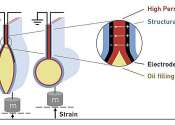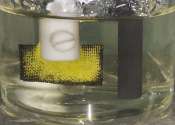A flexible faster swimming manta-ray like robot
(Phys.org)—A team of researchers at Zhejiang University in China has created a small, soft-bodied robot able to swim twice as fast as others of its kind. In their paper published in the journal Science Advances, the team ...


